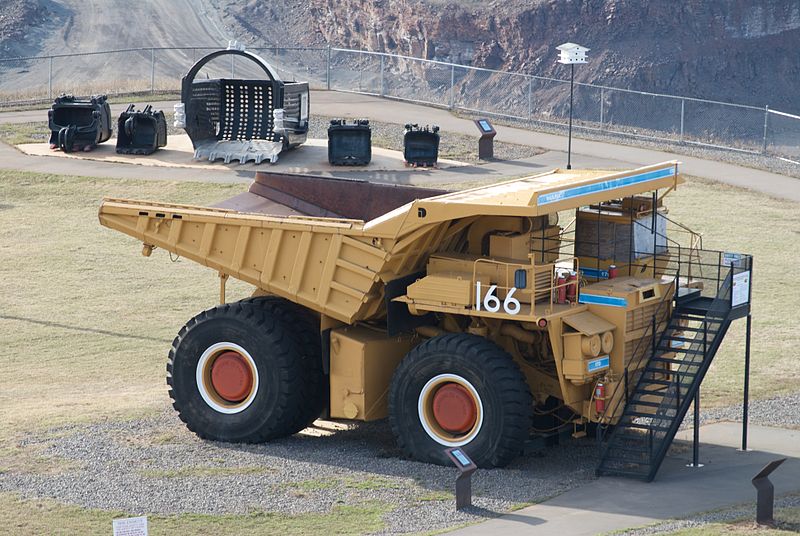
Could automation boost the mining industry’s potential for even greater productivity?
Imagine if there was a way for mining operations to recover a greater quantity of ore and minerals without forcing employees to work longer shifts. Rio Tinto, an industry leader based in Australia, has recently added robotic mining trucks to its ranks to do precisely that.
Affordability and Enhanced Productivity
Rio Tinto first introduced their Autonomous Haulage System (AHS) in 2009 as part of their “Mine of the Future” program, and now operates the largest fleet of autonomous trucks in the world. Today, Rio Tinto employs a fleet of 71 robotic mining trucks to pull iron ore from their Yandicoogina, Hope Downs 4, and Nammuldi mines in Western Australia. These trucks utilize GPS, radar, and other sensors to navigate the mine and locate ore. The trucks then remove the ore and transport the material outside the mine for loading and processing.
Since the trucks require little to no downtime, they maintain consistency in operations and boost productivity throughout the day, reducing instances where a shift change or some other staffing delay sets the operation back by several minutes. The end result? Predictable production volume and a steady loading process.
Each operation is overseen by a team of human experts at a central hub, capable of interpreting the data, as well as monitoring and adjusting each truck’s performance as necessary.
A Safe and Reliable Future For Mining
According to Carnegie Mellon’s robotics expert Herman Herman, mining companies industry-wide are applying the concepts behind robotic trucks to the automation of the mining process at large. If automation becomes a mainstay of the global mining industry, it will lead to lower operational costs and the ability to meet increasing demand on-schedule.
Even robotic mining trucks will require dust-free roads for hauling, however — mining is a dusty process, even in the best of conditions. Dust, dirt, and grime can interfere with a truck’s ability to work at optimal levels, cutting into the increased productivity these automated vehicles were meant to provide in the first place.
That’s why Midwest Industrial Supply, Inc. is proud to offer dust control products and managed programs specifically tailored to the mining industry’s unique needs, thereby streamlining operations and optimizing output. For instance, Midwest’s EK35® is a synthetic fluid and resin binder which interlocks aggregate and fines together in order to prevent the emission of fugitive dust, thereby suppressing levels of PM10 and PM2.5 particles at mining sites. When implemented in tandem with new technologies like automated mining trucks, proper dust control practices will help to eliminate unnecessary downtime and enable every mining operation to proceed without delay.


